The Jewish High Holidays: A Time for Reflection, Renewal, and Connection in 2025
Related Articles: The Jewish High Holidays: A Time for Reflection, Renewal, and Connection in 2025
Introduction
With enthusiasm, let’s navigate through the intriguing topic related to The Jewish High Holidays: A Time for Reflection, Renewal, and Connection in 2025. Let’s weave interesting information and offer fresh perspectives to the readers.
Table of Content
The Jewish High Holidays: A Time for Reflection, Renewal, and Connection in 2025
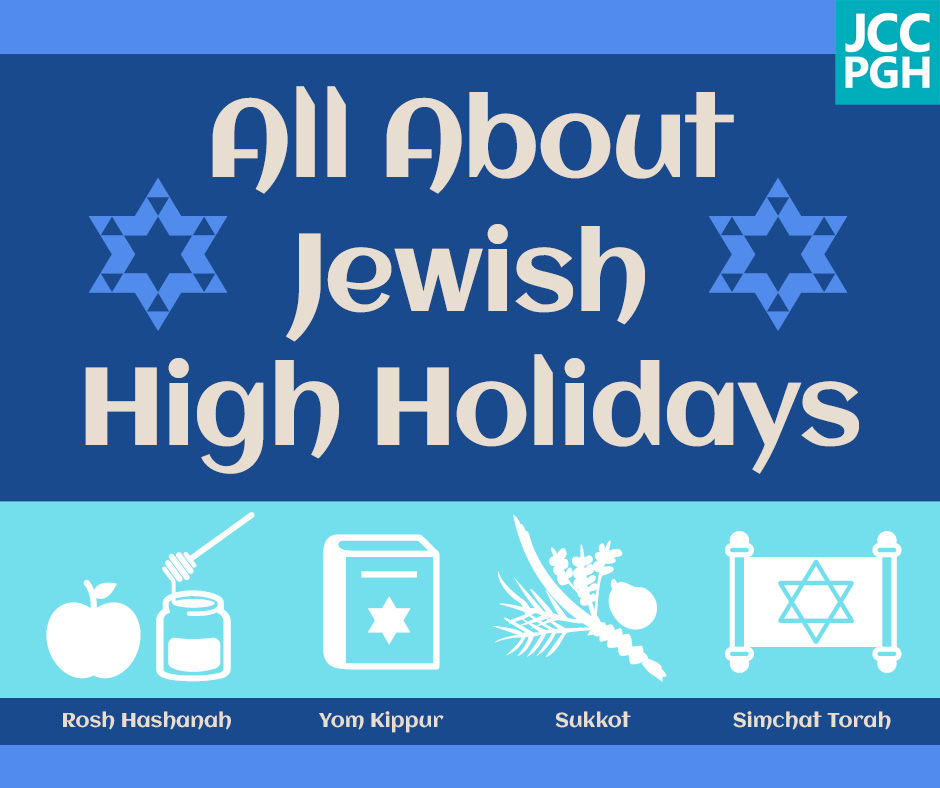
The Jewish High Holidays, a period of introspection and spiritual renewal, are a cornerstone of Jewish tradition. These ten days, commencing with Rosh Hashanah, the Jewish New Year, and culminating in Yom Kippur, the Day of Atonement, offer a unique opportunity for individuals to engage in personal reflection, seek forgiveness, and strengthen their connection to the divine and their community.
Rosh Hashanah: The Sound of Renewal
Rosh Hashanah, literally meaning "head of the year," marks the beginning of the Jewish year. It is a time for celebrating the creation of the world, acknowledging God’s dominion, and reflecting on the past year. The holiday is observed for two days, beginning at sunset on the first day of Tishrei, the seventh month in the Jewish calendar.
Central to Rosh Hashanah observances are the traditional shofar blasts. The shofar, a ram’s horn, emits a piercing sound that serves as a call to repentance and a reminder of God’s judgment. The sound of the shofar resonates throughout synagogues and communities, prompting introspection and a sense of urgency to make amends for past transgressions.
Beyond the shofar, Rosh Hashanah is characterized by festive meals, symbolic foods, and prayers dedicated to seeking forgiveness and a good year ahead. The traditional round challah bread symbolizes the cyclical nature of life, while apples dipped in honey signify a sweet new year.
Yom Kippur: A Day of Atonement
Ten days after Rosh Hashanah, Yom Kippur, the Day of Atonement, arrives. This solemn day is dedicated to seeking forgiveness for sins and reaffirming one’s commitment to living a more righteous life. It is a day of fasting, prayer, and introspection, where individuals are encouraged to examine their actions and seek reconciliation with God and others.
Yom Kippur is observed for 25 hours, from sunset on the eve of the holiday to nightfall the following day. During this time, Jews abstain from eating, drinking, and engaging in physical labor. The day is filled with synagogue services, prayer, and reflection. The central prayer, the Kol Nidre, is a powerful plea for forgiveness and a reminder of the importance of taking responsibility for one’s actions.
The Significance of the High Holidays
The High Holidays hold profound significance for Jews worldwide. They offer a time to:
- Reflect on the past year: The period provides an opportunity to examine one’s life, acknowledge past mistakes, and strive to learn from them.
- Seek forgiveness: The rituals of the High Holidays emphasize the importance of asking for forgiveness from God and others, fostering reconciliation and renewal.
- Strengthen connections: The shared experience of the High Holidays brings communities together, deepening bonds and fostering a sense of unity.
- Renew commitment: The holidays serve as a reminder of one’s commitment to Jewish values and traditions, inspiring individuals to live a more meaningful and ethical life.
FAQs about the High Holidays:
Q: What are the dates of the High Holidays in 2025?
A: The dates of the High Holidays are determined by the Hebrew calendar, which is a lunisolar calendar. Rosh Hashanah in 2025 falls on the evening of September 15th, and Yom Kippur begins at sunset on September 24th.
Q: Why are the High Holidays so important?
A: The High Holidays offer a unique opportunity for introspection, repentance, and renewal. They are a time for Jews to connect with their faith, strengthen their relationships with God and others, and strive to live a more meaningful life.
Q: What are some of the traditions associated with the High Holidays?
A: Some of the traditional observances include:
- Shofar blowing: The shofar is blown during Rosh Hashanah services to symbolize the call to repentance.
- Fasting: Yom Kippur is observed with a 25-hour fast.
- Special prayers: Specific prayers are recited during the High Holidays, including the Kol Nidre on Yom Kippur.
- Symbolic foods: Traditional foods like challah bread and apples dipped in honey are enjoyed during Rosh Hashanah.
Q: How can I participate in the High Holidays?
A: There are many ways to participate in the High Holidays. You can:
- Attend synagogue services: Most synagogues hold special High Holiday services, offering a chance to connect with the community and experience the rituals firsthand.
- Learn about the holidays: There are numerous resources available online and in libraries that provide information about the High Holidays and their significance.
- Engage in personal reflection: Take time to reflect on your life, acknowledge your mistakes, and seek forgiveness from God and others.
- Connect with others: Reach out to family and friends, expressing your gratitude and seeking reconciliation.
Tips for the High Holidays:
- Prepare in advance: Plan your schedule to ensure you can attend synagogue services and engage in personal reflection.
- Reflect on your year: Take some time before the holidays to think about your past year, your accomplishments, and areas where you can improve.
- Seek forgiveness: If you have hurt someone, reach out and apologize.
- Practice acts of kindness: Performing acts of kindness during the High Holidays is a powerful way to connect with the spirit of the season.
- Connect with your community: Attend synagogue services, participate in community events, and engage in meaningful conversations with others.
Conclusion
The Jewish High Holidays are a time for introspection, renewal, and connection. They offer a unique opportunity to examine our lives, seek forgiveness, and strengthen our commitment to living a more meaningful and ethical life. By embracing the traditions and rituals of the High Holidays, we can connect with our faith, our communities, and ourselves, paving the way for a brighter future.



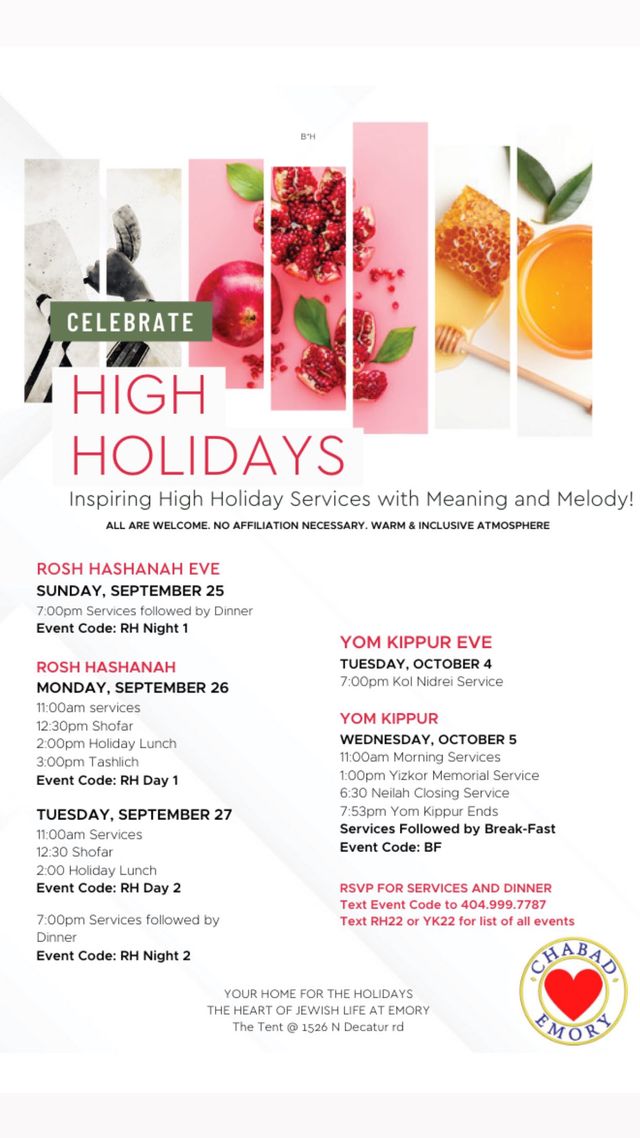
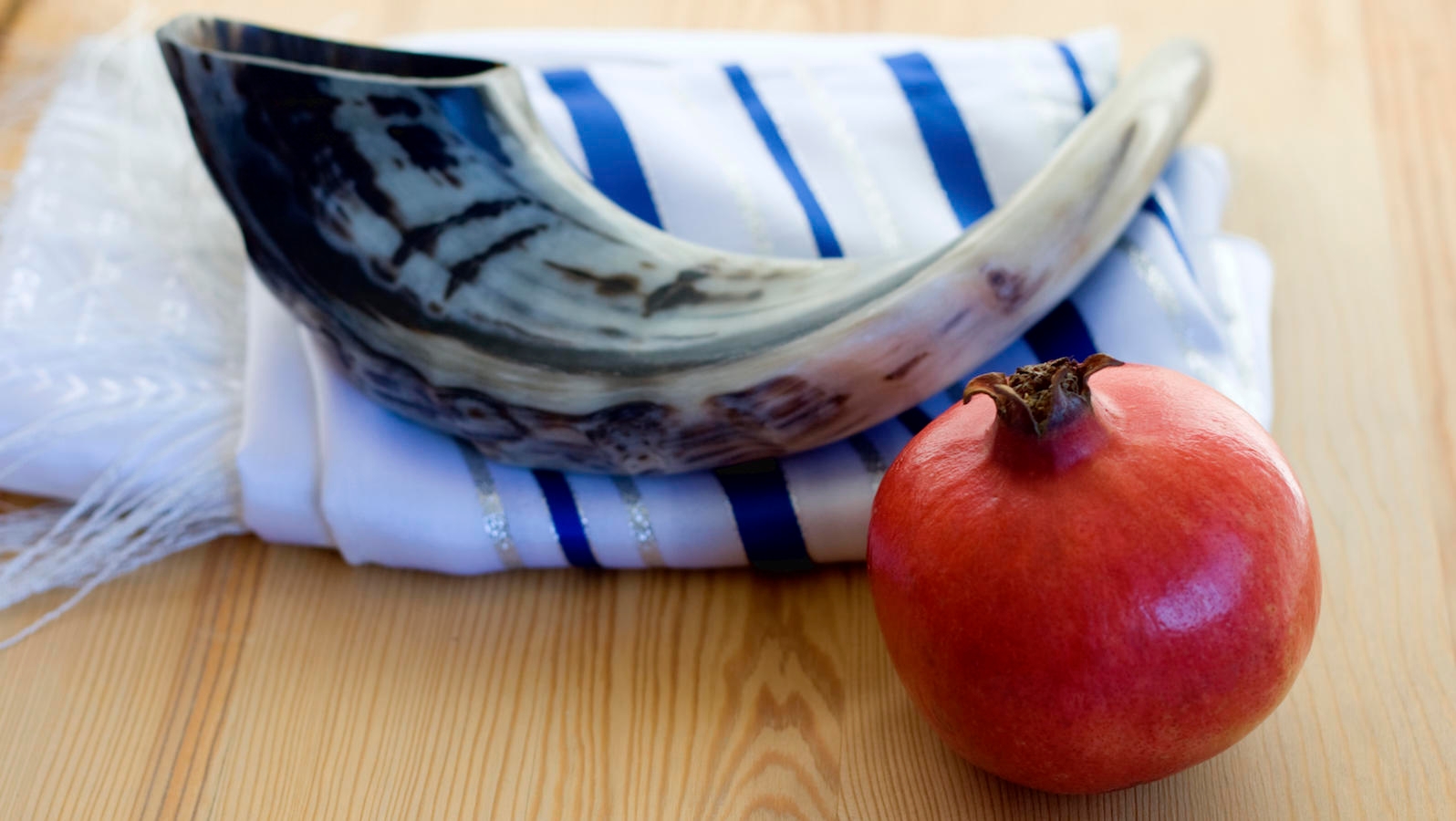
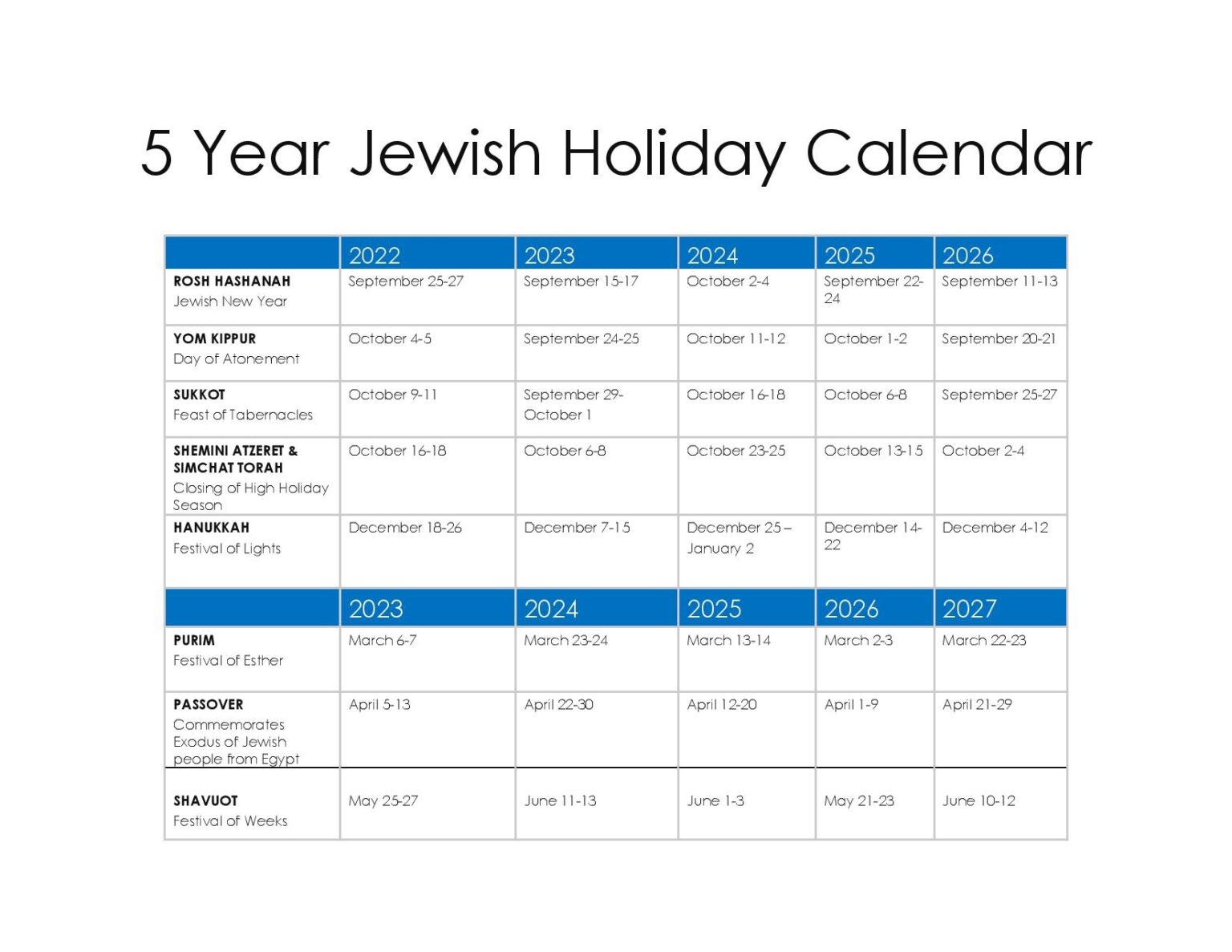
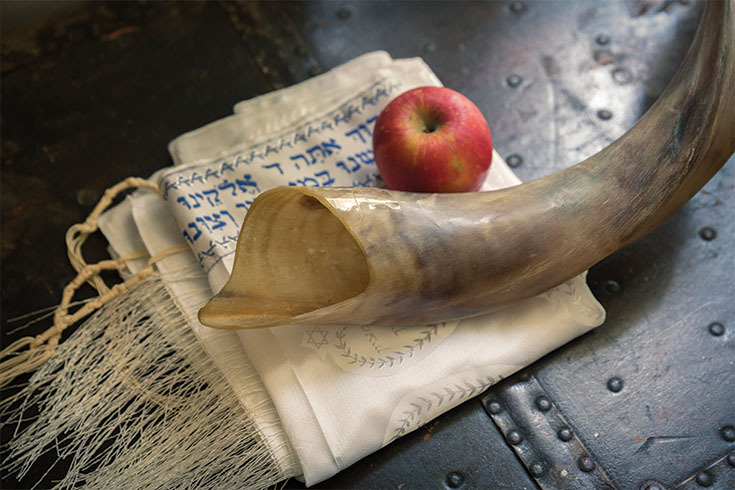

Closure
Thus, we hope this article has provided valuable insights into The Jewish High Holidays: A Time for Reflection, Renewal, and Connection in 2025. We appreciate your attention to our article. See you in our next article!